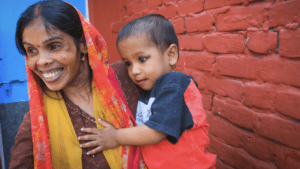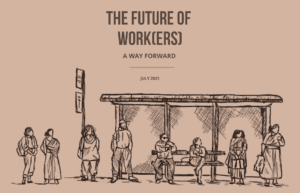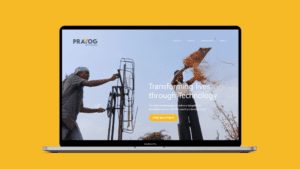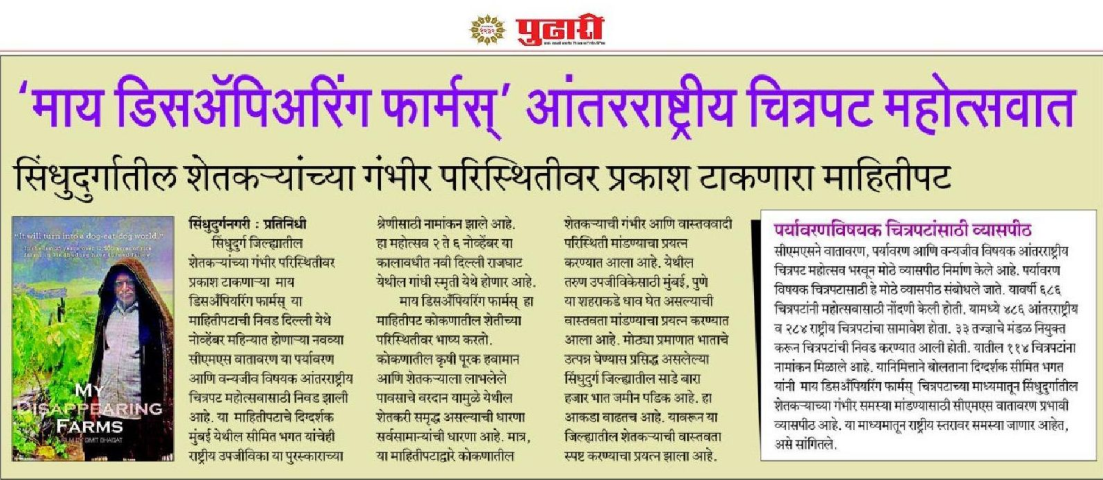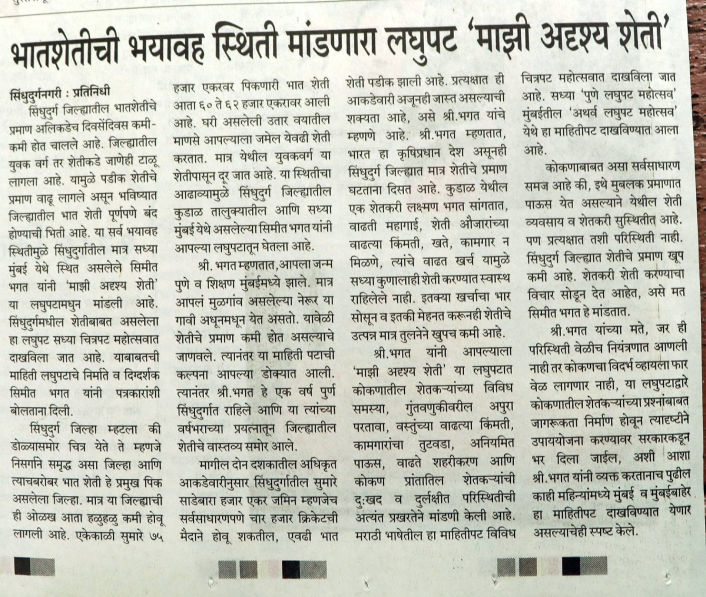She didn’t faint on the road. Or at work. She fainted while drawing water for her children. It was the third time that week. But she didn’t go to the doctor. There wasn’t one nearby. Instead, she lay down, closed her eyes, and waited for the burning to pass.
This isn’t just exhaustion. It’s heat. And for thousands of women across India, it’s slowly becoming fatal. At present, 27,000 women in India die each year due to heat-related causes. And that number is rising fast.
By 2050, that toll may reach 73,500 annually—and in extreme years, even 131,000 deaths. We wanted to show what this crisis looks like—not in numbers, but in lives. So, we turned to illustrated storytelling.
The Story Behind the Script
We began by understanding the problem: heat-related mortality is rising globally, but it’s women who are hit hardest. Physiological differences. Unequal access to healthcare. The risk of violence. It all adds up.
According to research by the Adrienne Arsht-Rockefeller Foundation, heat could claim 200,000 women’s lives each year by 2050. India, Nigeria, and the United States are expected to see the highest losses.
Heatwaves could claim 200,000 women’s lives each year by 2050.
Moreover, February 2023 was India’s hottest February since 1901. July 2023 was the hottest month ever recorded on Earth. And still, the conversation around heat stays quiet.
So we created a visual story to bring attention to where it’s missing.
The Heat of Inequality
Heat is not just a health issue—it’s an economic one. And it costs women more. Research shows that India loses 259 billion work hours annually due to heat.
That’s $624 billion in losses—7% of India’s GDP. Moreover, women are expected to lose 22% of their paid working hours by 2050 due to extreme heat.
Heat is not just a health issue—it’s an economic one. And it costs women more.
This could cost India $250 billion a year. We illustrated this by showing women at work—lifting, walking, and sweating.
Heatwaves are not only about climate—they are a big health problem that needs policy intervention. If we don’t do something, the bad effects will get worse, especially for women. This crisis is already here. And yet, it remains nearly invisible in public discourse.
That’s what makes visual storytelling so important in telling such stories. Complex topics can be made accessible and engaging, reaching diverse audiences without diluting the seriousness of the issue.
Let’s Tell Stories That Change Things
At Simit Bhagat Studios, we use illustrated storytelling to shine light on quiet emergencies—especially those that affect the most vulnerable.
We believe that stories can cut through the noise. And sometimes, they’re the only way to be heard.
If your non-profit has a story to tell, we can help you share it through powerful illustrated storytelling.

